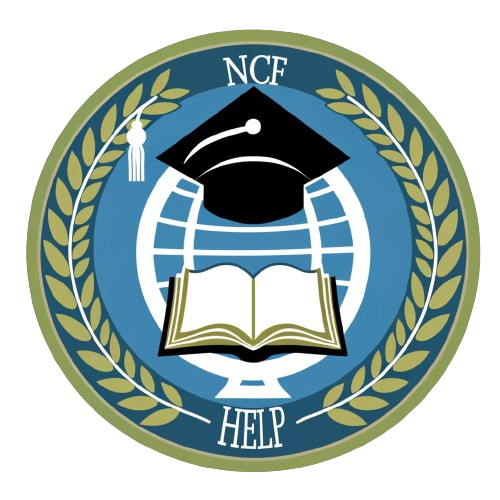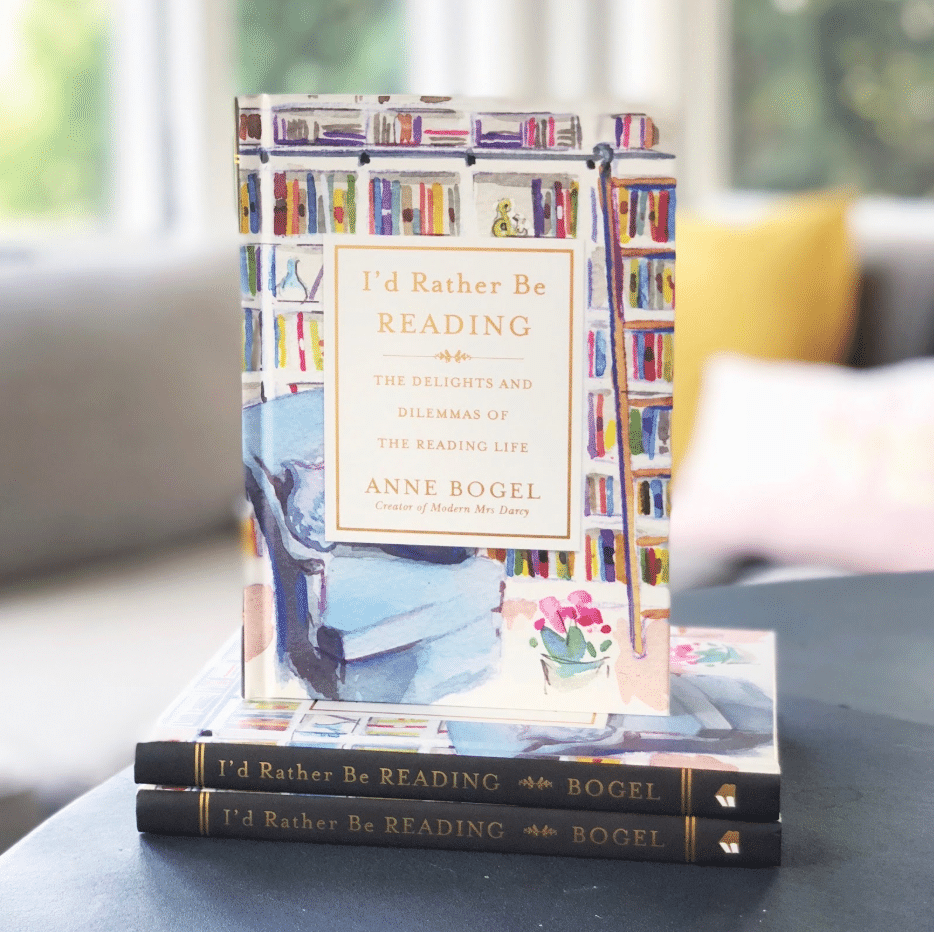This article is inspired by Ann Bogle and her book “I’d Rather Be Reading.” In her book, Ann has shared her joy of reading. She is the author of a famous blog “Modern Mrs. Darcy,” and has authored various books on how to be good at reading and enjoy the process. She has four children and has taught them well, on how to read and make their lives better.
How Ann Can Inspire Parents to Teach Their Children to Read
Imagine a family where reading isn’t just a chore but a joyful adventure. That’s the reality for Ann Bogle, a mom of four, who has turned reading into a cornerstone of their lives. Ann’s passion for literature is infectious, and her blog, “Modern Mrs. Darcy,” has become a go-to resource for parents looking to ignite a love for books in their children.
Ann believes that the best way to encourage reading is by modeling it. Growing up as a voracious reader, she credits her early love of reading to the constant presence of books in her home and her daily visits to the public library. “My family had shelves overflowing with books, and I was always at the library,” she says.

While she didn’t have a formal strategy for raising bookworms, Ann’s children, aged 18, 16, 14, and 11, have all embraced the joy of reading. They’re even reading “Harry Potter” together, with the youngest experiencing the magic of the wizarding world for the first time.
Ann emphasizes that it’s okay for kids to start with lighter reads, like fairy books or even “Sweet Valley High” novels. She explains, “Sometimes you need a lot of reading to get really good at reading,” and these books can be a bridge to more complex literature.
Ann’s family enjoys both physical books and audiobooks, especially those with captivating accents. They find that audiobooks are perfect for multitasking, allowing them to listen while cleaning, running errands, or even waiting in a crowded doctor’s office.
However, Ann prefers reading physical books, as she finds it easier to manage and prioritize her reading when the books are readily visible. She also enjoys the ritual of reading at night when her brain is most receptive to absorbing stories.

Despite her busy schedule, Ann manages to read three to four books a week. Her secret? She keeps multiple books going at once, always having one within arm’s reach. She also incorporates reading into her work, ensuring that her reading time is both enjoyable and productive.
For moms struggling to carve out time for reading, Ann suggests embracing small moments. “Don’t be afraid of the 90-second window,” she says. “Read while waiting in line at the bank, or while your food is warming up in the microwave.” These seemingly insignificant moments can add up to a significant amount of reading time.
When it comes to finding books, Ann advises seeking recommendations from friends or fellow readers who share similar tastes. She also suggests utilizing the expertise of librarians, who can help find books that align with your reading preferences.

Ann’s family tracks the books they read, but they don’t follow a strict system. They use a simple spreadsheet to record the titles, authors, and page numbers. Ann believes that tracking reading progress can be motivating and encourages parents to find a system that works for them.
Finally, Ann addresses the ever-present challenge of book clutter. She advocates for a “read it and release it” philosophy, letting go of books that don’t spark joy. She also utilizes local libraries and “Little Free Libraries” to share books with others, ensuring that her shelves don’t become overwhelming.
Ann’s journey demonstrates that cultivating a love for reading is not only possible but also incredibly rewarding. By incorporating reading into their daily lives, Ann and her family have created a vibrant and enriching experience that fosters a deep connection with the written word. And who knows, maybe you and your family can create your own world of words, one book at a time.

How Ann Can Inspire Educators to Teach Students to Read
As educators, one of our most significant roles is to ignite a love for reading in our students. Reading not only enhances language skills but also opens up a world of knowledge, imagination, and empathy. Drawing inspiration from Ann Bogle’s insights on finding the right book at the right time, we can develop strategies to cultivate lifelong readers in our classrooms. Here’s how we can apply these lessons to foster a reading culture among Indian school students.
The Magic of the Right Book
Ann Bogle emphasizes the serendipity of stumbling upon the right book at the right moment. This magical experience can transform a hesitant reader into an enthusiastic one. As teachers, we can facilitate this by creating diverse and well-curated classroom libraries. Including a variety of genres, authors, and themes ensures that every student can find something that resonates with them. Encourage students to explore beyond their usual preferences, as sometimes the most impactful books are those that take them out of their comfort zones.

Encouraging Open-Minded Reading
Bogle’s idea of maintaining an open-minded curiosity towards all literature is crucial. In the Indian context, where academic pressures often prioritize textbooks over leisure reading, it’s essential to create opportunities for students to read for pleasure. Introduce reading sessions where students can choose their books. Highlight the importance of exploring different genres, from Indian mythology and folk tales to contemporary fiction and non-fiction. This not only broadens their literary horizons but also helps them discover what truly interests them.
Personal Stories and Book Recommendations
Personal stories, like that of Anne Bogel’s son discovering Agatha Christie, can be powerful motivators. Share your own reading experiences and invite students to do the same. Create a space where book recommendations flow freely between teachers and students. Encourage students to talk about the books they love and why. This peer-to-peer recommendation system can be incredibly effective, as children often trust the opinions of their friends.

The Role of Libraries and Book Browsing
In an age dominated by digital algorithms, the simple act of browsing through a physical library can be a revelation. Organize regular visits to the school library and, if possible, local libraries or book fairs. Teach students how to explore bookshelves, read blurbs, and make selections based on their interests. Introduce them to library consultants or knowledgeable staff who can guide them towards hidden gems.
Integrating Reading into the Curriculum
Incorporate reading into the daily routine and curriculum. Set aside time for silent reading or read-aloud sessions. Create assignments that allow students to choose books for book reports or projects. This not only improves their reading skills but also integrates their love for literature with their academic responsibilities.
Book Clubs and Reading Groups
Book clubs can be a fantastic way to foster a love for reading. Start a book club where students can discuss their favorite books, share insights, and even debate different interpretations. These discussions can provide new and insightful perspectives, making the reading experience more enriching and engaging.

Reading Challenges and Journals
Reading challenges can add an element of fun and competition to reading. Encourage students to set reading goals, whether it’s a certain number of books or exploring new genres. Maintaining a reading journal can also be beneficial. Students can record their thoughts, questions, and reflections on what they read, helping them to engage more deeply with the text.
Embracing Diversity in Reading
It’s important to acknowledge the diverse reading preferences among students. Some may prefer Marvel comics, while others might be drawn to romantic fantasies or historical novels. Respect these choices and encourage a non-judgmental reading environment. The goal is to nurture a love for reading, regardless of the genre.
Re-reading and Self-reflection
Re-reading books at different stages of life can offer new perspectives. Encourage students to revisit their favorite books after a few years and reflect on how their understanding or feelings about the story have changed. This practice can deepen their appreciation for literature and their personal growth.
Conclusion
By integrating these practices into our life; as parents, mentors and educators, we can help our students discover the joy of reading. Ann Bogle’s insights remind us that the right book at the right time can be a transformative experience. Let’s create an environment where our students can explore the vast world of literature, find their own magical moments, and become lifelong readers. Through these efforts, we can cultivate not just a habit of reading but a genuine love for literature for literature in the hearts of children across India.


